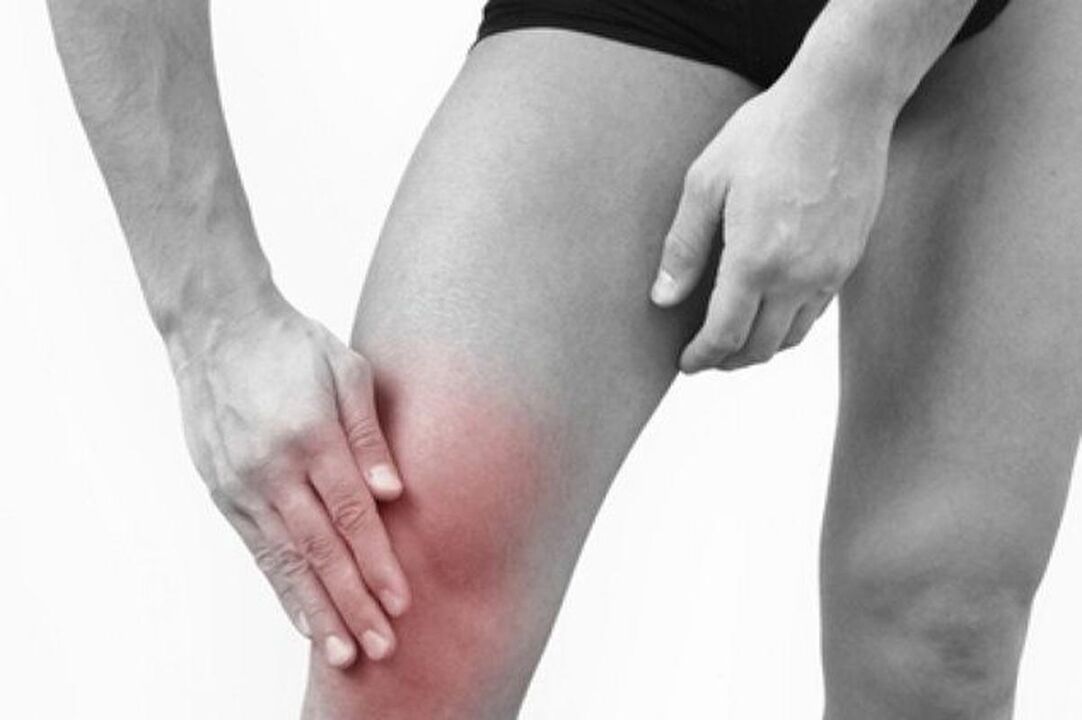
Gonarthrosis is a pathological process in the cartilage tissue of the knee joint, which leads to its deformation. This process is associated with high pressure on the knees, wear and tear and salt storage.
Myths about gonarthrosis
There are 3 most famous myths:
- "The diagnosis of gonarthrosis is the prerogative of people with increased physical activity, and people with inactive occupations do not suffer from the disease. " In fact, excessive physical activity actually contributes to cartilage deterioration. During inactive work, static effects occur on the knees, blood supply is blocked. In addition, an inactive lifestyle leads to weight gain.
- "Gonarthrosis of the knee joint is incurable, the disease develops every day. " The disease is indeed chronic, but with timely treatment, cartilage deterioration can be prevented.
- "With arthrosis, you have to move as little as possible and lie down more. " A patient with such a pathology is given special gymnastics, which strengthens the ligament apparatus. Only a handful of sports are completely contraindicated.
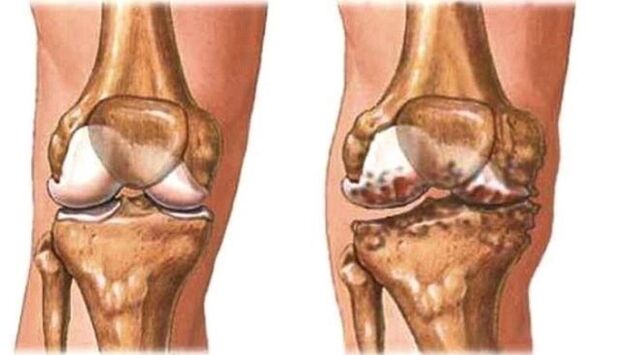
Gonarthrosis is the destruction of articular cartilage at the knee joint and nearby bone surfaces.
Manifestations of arthrosis of the knee joint
Manifestation depends on the severity of the defect. The more it is expressed, the more obvious the symptoms.
Symptoms of gonarthrosis:
- long asymptomatic period;
- discomfort in the knee area;
- pain syndrome;
- decreased mobility;
- morning cramps for up to half an hour;
- the presence of cramps during active movement;
- gait changes.
Bilateral gonarthrosis occurs when the knee joints of both limbs are involved in the process. This is one of the worst forms. Applies to the elderly.
Right -sided gonarthrosis appears with excessive static or dynamic physical energy on the right limb. More often in athletes.
Left -sided gonarthrosis occurs in overweight people and in athletes with a load on the left leg.
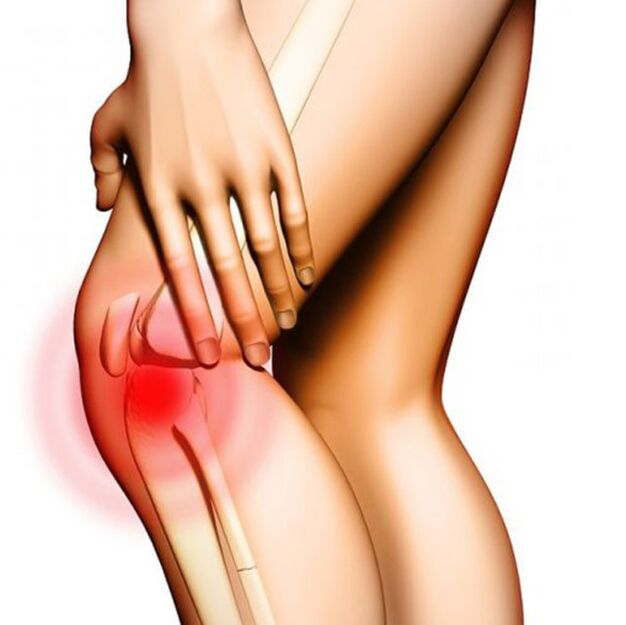
Causes of the development of gonarthrosis
Gonarthrosis is primary and secondary. Primary can occur in childhood and adolescence, associated with deformed joints, as well as in the elderly due to the natural aging process.
Secondary occurs due to an existing injury or illness. Main reason:
- fractures, bruises, dislocations;
- overweight;
- the presence of inflammatory processes in the joints and the lack of adequate therapy;
- metabolic diseases, which are accompanied by salt deposition in cartilage tissue;
- operation;
- vitamin D deficiency;
- hormonal disorders;
- weight lifting;
- some sports (running, hockey, football).
Who is at risk?
Risk groups include:
- professional athletes;
- obese people;
- patients who have undergone trauma or surgery;
- people over 45 years of age;
- patients with varicose veins;
- those who have had a case of arthrosis in the family.
The risk group also includes women who wear shoes with high heels or flat thin soles.
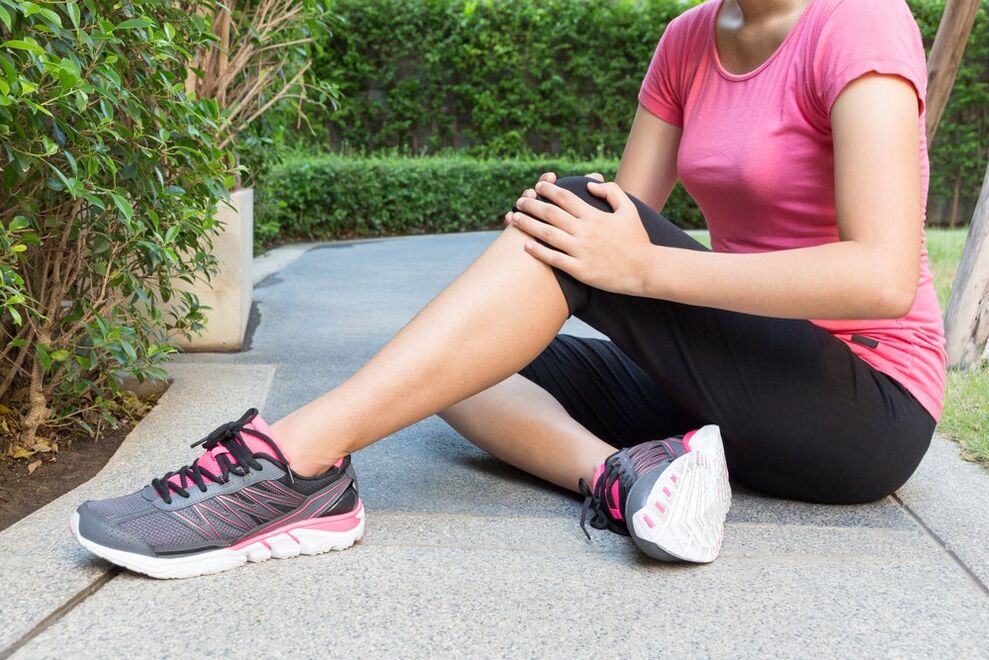
The exact cause of knee arthrosis is unknown.
Stages of gonarthrosis
Radiologically, this pathology is divided into 5 stages or degrees:
- Stage 0 - absence of X -ray arthrosis;
- Stage 1 - appearance of small osteophytes;
- Level 2 - osteophytes have clear contours, joint space slightly altered;
- Stage 3 - narrowing of the joint space;
- Stage 4 - significant gap narrowing, subchondral bone sclerosis.
Knee gonarthrosis 1 degree
The first stage is characterized by fatigue, limited movement is slightly expressed, and irritation is audible. The pain appears after waking up, sitting for a long time and after doing physical exercise.
There is no deformation at this stage. The radiograph shows a narrowing of the joint space.
How to treat gonarthrosis?
For treatment, a special group of drugs is used - chondroprotectors. They contain chondroitin and glucosamine, which restore cartilage structure and increase elasticity. NSAIDs are used to relieve pain.
Primary gonarthrosis is most often bilateral. Even with the development of a unilateral form of the disease, after some time the second limb is also involved in the pathological process.
The initial symptoms of arthrosis of the knee joint are mild and not typical
Methods of treatment
In addition to drug treatment in the remission phase, the following methods are used:
- physiotherapy;
- massage;
- leech therapy;
- ultrasonic exposure;
- radon and hydrogen sulfide baths;
- phonophoresis, electrophoresis;
- paraffin wrap;
- use of therapeutic mud.
This method is used regardless of the stage of disease progression during remission.
Is mud good for knee gonarthrosis? One of the indications for mud therapy is diseases of the musculoskeletal system. Therapy courses are conducted twice a year. It covers 10 to 15 procedures. The method can be used at home, and dirt can be purchased at the pharmacy.
In the first stage, the patient is prescribed orthopedic shoes for the period of exacerbation to prevent the development of the deformation process. Women are advised to wear shoes with soles at least 1 cm thick, heels 5 cm. Normalize the diet - reduce the amount of salt, spicy foods. Meat jellies and jellies are included in the diet, as they are natural chondroprotectors.
Another method is weight correction. Reducing weight to the optimum level for a particular patient will reduce the load on the musculoskeletal system.
Gonarthrosis grade 2
In the second stage, the pain increases, as his movement is very limited. Walking long distances causes severe pain syndrome. The patient needs to rest to continue it.
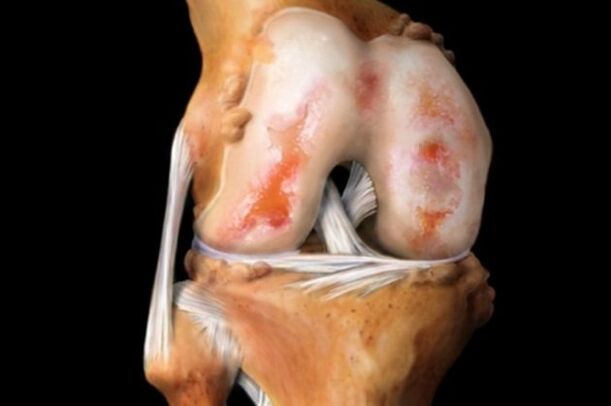
If treatment is not started (or is not effective), arthrosis of the knee joint develops further.
The cramps become strong, lameness appears. The affected joint is deformed. The inflammatory process occurs on the inner membrane of the joint.
On ordinary X-rays, a narrowing of the joint space, appears spines on the bones (osteophytes).
Treatment
Drug therapy based on the use of NSAIDs. They have analgesic and anti-inflammatory effects. Next, chondroprotectors were prescribed.
After the exacerbation has passed, physiotherapy exercises, massage are prescribed.
Dietary recommendations:
- increase the amount of vegetables;
- include agar-agar and jelly in food;
- eat lean fish twice a week;
- give preference to lean meats;
- eat bran bread.
It is also recommended to include in the diet bananas, nuts, eggs, spinach, legumes, liver, cabbage.
In addition to orthopedic shoes, special knee bandages are prescribed.
From surgical intervention, removal of arthroscopic deformed tissue is used. This method has a short-term effect of 2-3 years.
Knee gonarthrosis, symptoms and treatment of class 3
The worst degree. Pain syndrome occurs during movement and rest. Mobility in the knee as often as possible, and sometimes impossible. Deformation is pronounced. There is almost no joint space on the roentgenogram.
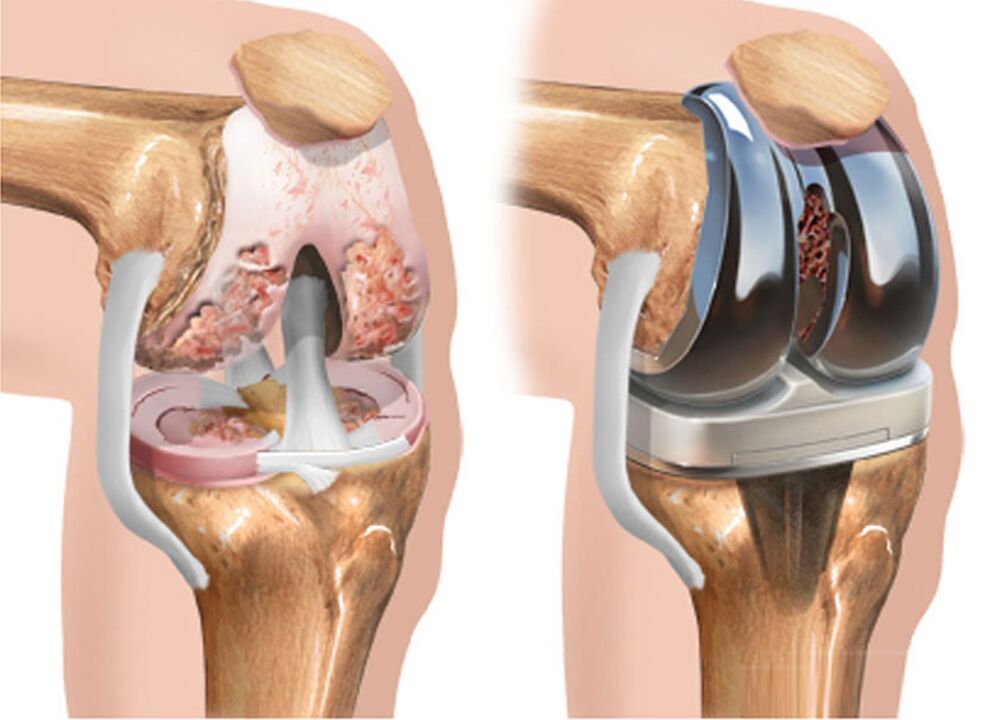
The progressive destruction of cartilage and bone in the last stage leads to the development of severe knee deformities, which are exacerbated.
Treatment
At this stage, in addition to NSAIDs, patients are given hormone medications. They are injected intravenously or in a joint. Severe pain syndrome is treated with painkillers.
At stage 3, surgery is already indicated - endoprosthetics. Either individual bone elements or entire joints are replaced. Contraindications: osteoporosis.
Complications of arthroplasty:
- marginal skin necrosis;
- prosthesis rejection;
- neurovascular disorders (paresis, thrombosis).
In addition to endoprosthetics, there is arthrodesis surgery - the removal of deformed tissue and joints. It is rarely used.
Osteotomy - cutting the edges of a bone to redistribute load.
Physiotherapy
Exercise for gonarthrosis of the knee joint can relieve pain, strengthen muscular apparatus, and stimulate blood flow to them.
- Exercise # 1. The patient lies on his back, lifts the leg straight up and holds it for at least 30 seconds, then a second. Execution time should be 2 minutes.
- Exercise number 2 "Bicycle". Lying on your back mimics cycling with your feet. Repeat 20 to 50 times.
- Exercise number 3. The patient lies on his stomach, alternately bending his legs, trying to reach the buttocks with the heels. Repeat 20-50 times.
- Exercise number 4. It is done in the same way as the previous one, only statistically. That is, the patient corrects the limb in this position for 20-30 seconds.
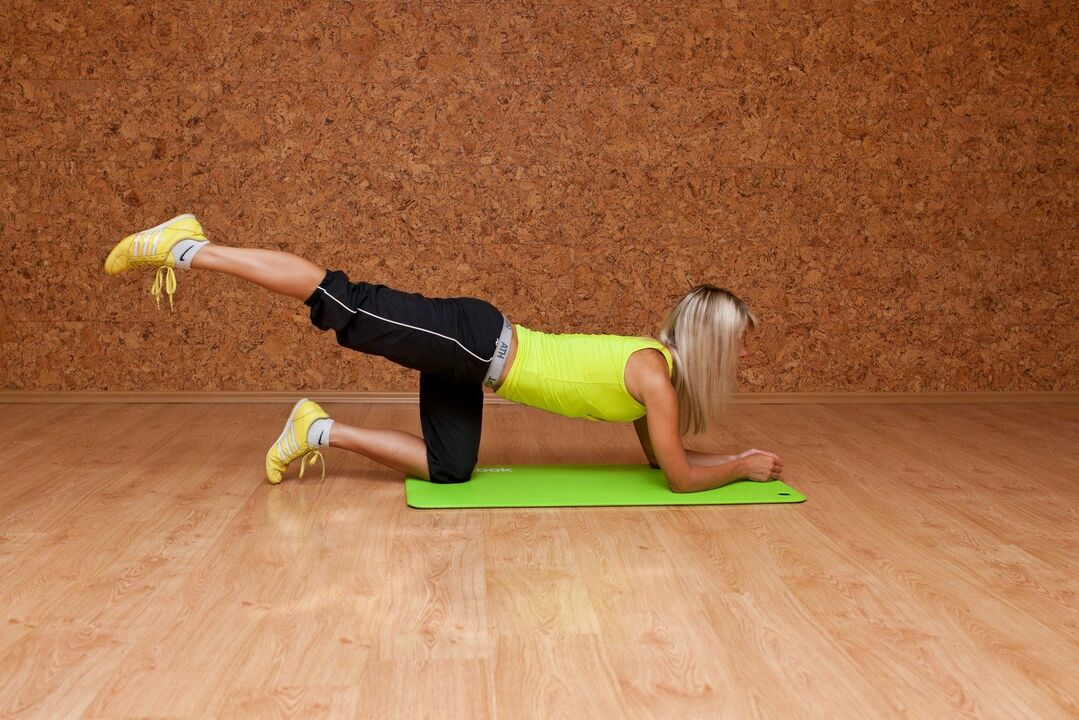
Patients are advised to stretch:
- Exercise # 1. In a standing, bent position, try to reach the floor without bending the knees. Hold for 20 seconds, inhale air through nose, exhale through mouth.
- Exercise number 2. Sitting on the floor with your legs straight, try to wrap your arms around your legs, while keeping your knees straight. Hold this position for up to 30 seconds. Do 2-3 approaches. If the flexibility is not enough to reach the foot, they take the foot with the lower foot and try to pull the body as close as possible to the foot.
- Exercise number 3. Same position as when doing the previous one. The patient takes it foot by foot, tries to straighten it and holds it as high as possible on the floor. If the exercise is difficult to do, then the foot is taken in the lower leg area. Hold the position for 10-30 seconds, then do it with the other leg.
Contraindications are periods of exacerbation and the presence of acute inflammatory processes. Patients are prohibited from running, long walks and squatting.
After performing physiotherapy exercises, it is useful to massage the thigh muscles, lower legs on the affected limbs. The joint itself should not be affected, this will increase inflammation.
Disease prevention
The disease is not hereditary, so its development can be prevented. This requires:
- avoid injuries while playing sports;
- doing stretching and joint gymnastics, yoga;
- eat right;
- maintain a normal weight;
- if you experience discomfort in the knee area, see a doctor;
- drink enough water;
- after 40 years, take prophylactic chondroprotectors;
- do not over -clog the joints;
- in the presence of the early stages of the process and during remission, do not increase physical activity, do not run;
- wear orthopedic shoes;
- use a knee bandage while playing sports.














































